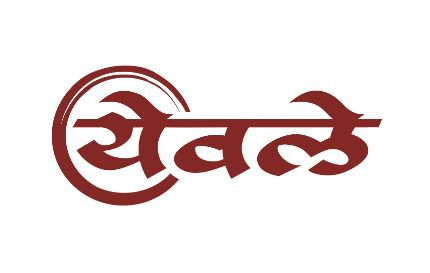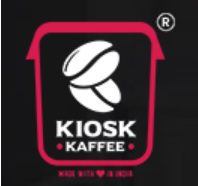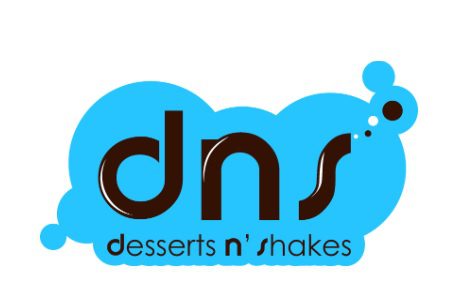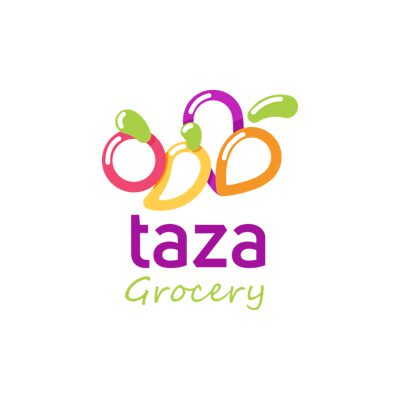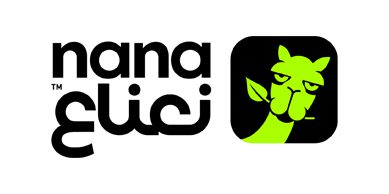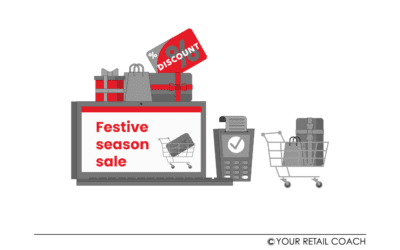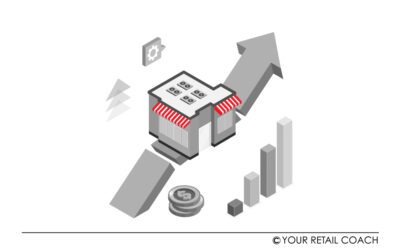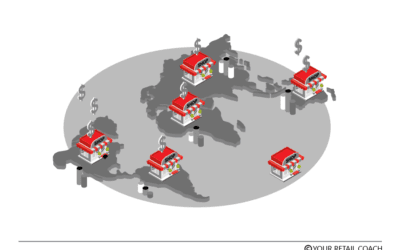Food Franchising
Franchising is one of the most effective growth and expansion strategies in almost every line of business. The food business is also one of them. And there is no dearth of examples to showcase this. This includes brands like KFC, Pizza Hut, Dominos, Burger King, Taco Bell, McDonald’s, and Subway and this list could be stretched for a mile. However, the success of the franchising model is not confined to global giants like these. Today, even small and successful local food businesses like restaurants and cafes use franchising to expand their market dominance. In markets like India and Brazil, the food franchise business has turned hyperlocal. There are local brands with a presence even in adjoining localities.
Verticals within the Food Business with high Demand for Franchising
Restaurants
The restaurant franchise model is one of the most popular and successful business models in food franchising. In restaurant franchising, business owners or entrepreneurs invest in an existing restaurant brand and operate one or more restaurants under the same brand name.
Franchising of a restaurant business has several benefits. This includes access to a proven business model, marketing and operational support, and training. Because franchisors know the ins and outs of the business, they also provide business support and guidance to franchisees. This helps the latter overcome challenges and grow their business.
As restaurant franchise consultants, we emphasise that it is important for aspiring franchisors and franchisees to carry out research on business/industry, potential partners, markets, consumer behaviour, demographics, financials, and legal obligations involved. Many hybrid business models have emerged in recent years. For example, a relatively new model is the FOCO model restaurant franchise. In this model, the franchisee owns the business but the business is operated by the franchisor.
F&B Kiosks
The Kiosk model franchise is used for all types of food businesses like tea, coffee, ice creams, shakes, etc. One of the most prevalent forms of kiosk franchising is found in the beverage category. If you visit a market or mall, it is highly likely that you would come across one or more of renowned beverage kiosks. They need not be global brands.
Relatively speaking, franchising a kiosk F&B business is one of the simplest forms of franchising. But this comes with the caveat of ensuring the effectiveness and efficiency of planning and implementation.
Franchisees benefit from the prevailing brand recognition and customer loyalty that comes endowed with an established kiosk F&B brand. Franchisees can inherit a successful business model and reach faster business growth than if they were to start on their own from scratch.
Here are two case studies explaining how YRC helped two brands achieve scale and expansion – Yewale AND Kiosk Kaffee.
Café
Franchising of café businesses has become an increasingly popular model for new-age entrepreneurs, especially in cities with quick urbanisation and a robust share of a younger population. So, if you are in a city or state where these two criteria match and you are contemplating starting a café business, franchising could be a smart strategy for a quick and easy entry into the market. Needless to say that franchisees gain access to an established brand, an already proven business model, operational and marketing support, assistance in and sometimes, also training facilities. But it does not take away the need to develop a robust cafe franchise business plan.
Confectionery Retail
Franchising in confectionery retail is a slightly tricky affair. Small and medium-scale businesses that are locally successful tend to show a certain degree of reluctance in expanding their business via the franchising mode. Confectionary products like sweets, cakes, cookies, pastries, sandwiches, etc. come with a human touch. There is a certain degree of local expertise that goes into making these recipes. People in different cities may not have the same taste buds or may appreciate the products the same way which otherwise makes the same products successful in a host market.
The right way to go about confectionery retail business franchising is winning on trust and confidence. Therefore, in any confectionery retail franchising like a sweet shop franchise model or dry fruits or business franchise, the three important aspects to be brought under consideration are maintenance of trade secrets, robust operational planning, and transparency and consistency in audit and control.
Hotels
Since the mid of this century, the hotel franchise business model has been a widely-used growth and expansion strategy for many reputed hotel brands around the world. It is a proven strategy for globally expanding a hotel business. But like any other business, hotel business franchising has also evolved. Contemporary hotel brands are shifting towards the asset-light strategy. While localisation emphasis has always been an intrinsic strategy in the business of hotel franchising, having multiple sub-brands to cater to different market segments is a relatively new addition.
How YRC can help
Franchise Strategy Development
Developing a franchise expansion strategy must take into consideration the features of the brand in question. Every brand has a different positioning and also, every business has unique constraints and capabilities. So, there is no such fit-for-all franchise strategy. The franchise strategy is about mapping out the most feasible working model benefiting both the franchisors and franchisees. It involves the assessment of various models like only-production, only-distribution, production-distribution, business format rights, etc.
We assist our clients formulate the best franchise expansion strategy for their business. In addition, our franchise development specialists work on developing master franchise structure and international franchising plans for quick implementation, adaptation, and expansion.
Franchise Model Development
In formulating franchise expansion strategies, one of the most common questions we hear is “How to formulate a robust and sustainable franchise business model?” Our team of franchise development consultants use SWOT analysis to assess the application impacts of various franchise models like COCO, FOFO, FOCO, COFO, and also, hybrid franchise models. We analyse different aspects of the business models identified to be fit for clients. Local and hyperlocal market conditions are duly taken into consideration.
Franchise Operations Manual
In Franchise Operations Manuals, every process, operation, and activity is defined in terms of
· Who
· What
· When
· Where
· How
The objective is to prepare a documented platform that will help franchises execute business operations as per the intended and established requirements and standards. Providing operations manuals help franchisors ensure that the franchisees can provide better services to customers and maintain brand standards.
Franchise Legal Advice
Done right, franchising is a powerful tactic for achieving quick growth and development in business. But it also puts at stake the brand and goodwill of a business. By not addressing the legal aspects of franchising, the exposure to business risks is further induced.
In franchise legal advice services, we deal in the drafting of franchise agreements, franchise disclosure documents and also, in formulating franchise exit strategies. Our specialists follow established processes to ensure that the necessary legal aspects of franchising are duly integrated into these documents. Typical franchise agreements we cover are franchise agreement for food outlets, restaurant franchise agreement, tea business franchise agreement, and other paperwork of similar nature.
Franchise Audit Report
We provide comprehensive auditing solutions to our clients engaged in almost any kind of franchise model. Our Franchise Audit Reports are designed keeping in mind the unique business requirements and the franchisor-franchising working commercial relationship. The objective is to examine the health and strength of the franchised business from all relevant perspectives while maintaining the best franchise audit standards. To help clients carry out these audits on their own, we provide them with franchise audit checklists.
Franchise Lead Generation Strategy
A franchise business plan is incomplete if it does not take into consideration franchise lead generation and the relevant channels of marketing. Keeping in line with the resources defined in the franchisor business plan, YRC business franchise experts will determine the best-fit franchise lead generation and marketing strategies. We assess the potential internal and external lead types and formulate options for a lower CAC strategy.
Franchise Setup Manual
After the franchise setup costs are established for the franchise store business plan and the relevant agreements are finalised between the two parties, it becomes important to define the franchise set-up timelines. To achieve fast setup as per the agreed terms and conditions, we create the necessary franchise setup checklists. Among other requirements, these checklists are attached with timelines.
Franchise Business Proposal
After the initial discussions and impressions on the potential franchise business opportunity, the next is developing the franchise proposal document. It is like a pitch-deck document used by startups to be presented to investors highlighting the attractiveness of the franchising.
Here, we provide franchise business proposal templates that are later customised as per clients’ specifications and business requirements. We also write customised proposals without relying on existing templates which is a good strategy for unique business ideas and propositions.
We deploy franchise pitch deck professionals in developing these proposals. They collaborate with graphic designers and virtuoso copywriters. Going further, we help clients filter and eliminate unqualified leads and close prospective transactions quickly.
FAQs
How to start franchise of my food business?
If you want to franchise your food business, these are eight steps to be followed:
Step 1: Make your company profitable. Nobody will invest in a loss-making brand. Create a niche. Define the value chain.
Step 2: Develop a franchise expansion strategy for franchising your business. Identify and examine the market potential and assess the prevailing and potential competition.
Step 3: Develop the franchise working model. Assess and make a decision on the best-fit model for franchising your business. Popular models are FOCO, COFO, FOFO, active franchise model where you turn your own store into a franchise store, or any other hybrid model.
Step 4: Develop franchise operations manuals that will provide directions to franchisees on the practices and processes to be followed in operating the franchised business.
Step 5: Draft franchise agreements defining the terms and conditions of the franchising covering the rights and liabilities of both parties.
Step 6: Develop a guidebook containing instructions on business aspects site selection, lease negotiations, and the purchase of assets and inventory.
Step 7: Draft a business proposal pitch deck for the potential franchisees highlighting the advantages of franchising and the scope of success.
Step 8: Formulate strategies for lead generation and attracting potential franchisees. This could be a part of the franchise business plan (financial and commercial assessments).
Note: There is a reference to this answer from the next question - How to start franchise of my food business?
How to franchise my restaurant?
First, touch upon the basics of franchising a restaurant business:
- You have to ensure that your restaurant business is profitable
- Your restaurant business must be scalable
- Your restaurant brand must have a “niche” as a competitive leverage
- You must get your brand name and trademark registered by the appropriate authority
Now follow the steps outlined in the answer to the above question – How to start franchise of my food business?
How much will it financially cost to franchise my business?
The exact figures may vary. Here are some of the important costs involved in franchising a business:
- Purchase/development of systems/software for franchise business operations
- Hiring/expansion of teams to execute/support franchise business operations
- Investments into assets to establish/boost the capabilities of the value and supply chain
YRC Franchise Consultants advocate developing a franchise business plan encompassing:
- Sales and Operations Plan for at least 5 years
- Financial & Commercial Plan for at least 5 years
- Franchise Breakeven Period, CAPEX, and OPEX
- Franchise ROI and ROC
- Franchise Exit Terms and Financial Ramifications
- Franchise Revenue-Profit-Sharing Model
Is my business ready to franchise?
To ensure your business is ready for franchising, your business must meet the following four conditions:
- Your business is profitable
- Your business is scalable
- Your business/brand has a “niche”
- Your business has a registered trademark (under application included)
How do I sell my franchise business?
Here are some essential points for your consideration as a would-be franchisor:
Don’ts
- Do not go for any 3rd-party model; commissions and fees are okay
- Do not pitch franchise proposals without criteria; maintain privacy
- Do not deviate from your documentation and documentation procedures
Do’s
- Form your own team for attracting and generating franchise leads
- Be meticulous with the initial 4-5 franchisees before getting into paperwork: these initial entities will serve as your brand ambassador for the next fifty franchisees
- Develop and implement SOPs for managing leads till onboarding and operations
- Use delegation
Case Studies
Click here for testimonials
Get Advice for Food Franchising
Related Blogs
Making the most out of the festive season shopping: A Customer Perspective for Retailers
Decoding the Festive Shopping Spree For us, as customers, the festive season is a licence to spend. The vibes of festivity ushers with joy and a sense of celebration. This elevated mood often turns into an enhanced willingness to spend and indulge in shopping. It is a...
Mitigating Business Risks in Retail
Spotting the Swirls Sailing the stream of retail is canopying between opportunities on the surface and risks as the current of that stream. If the bad swirls are not spotted in advance, it can turn things undesirable. While big brands grapple with issues like lapses...
Do This for a Successful Franchise Business: 7 Parameters to Evaluate Before Buying a Franchise
Welcome to the fascinating and lucrative world of franchising, where there are no limit for opportunities to the entrepreneurs, looking to invest in established businesses. Did you know that franchising is a significant contributor to the global economy and according...


